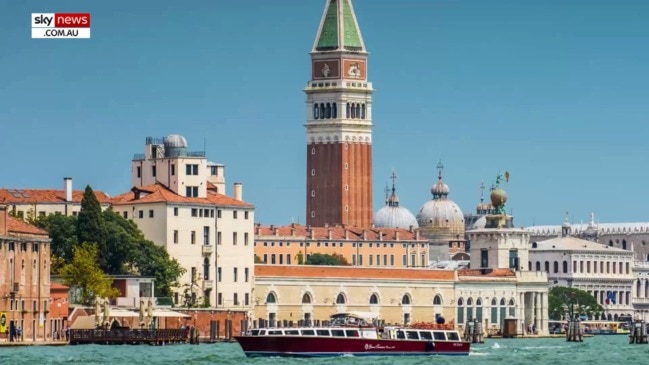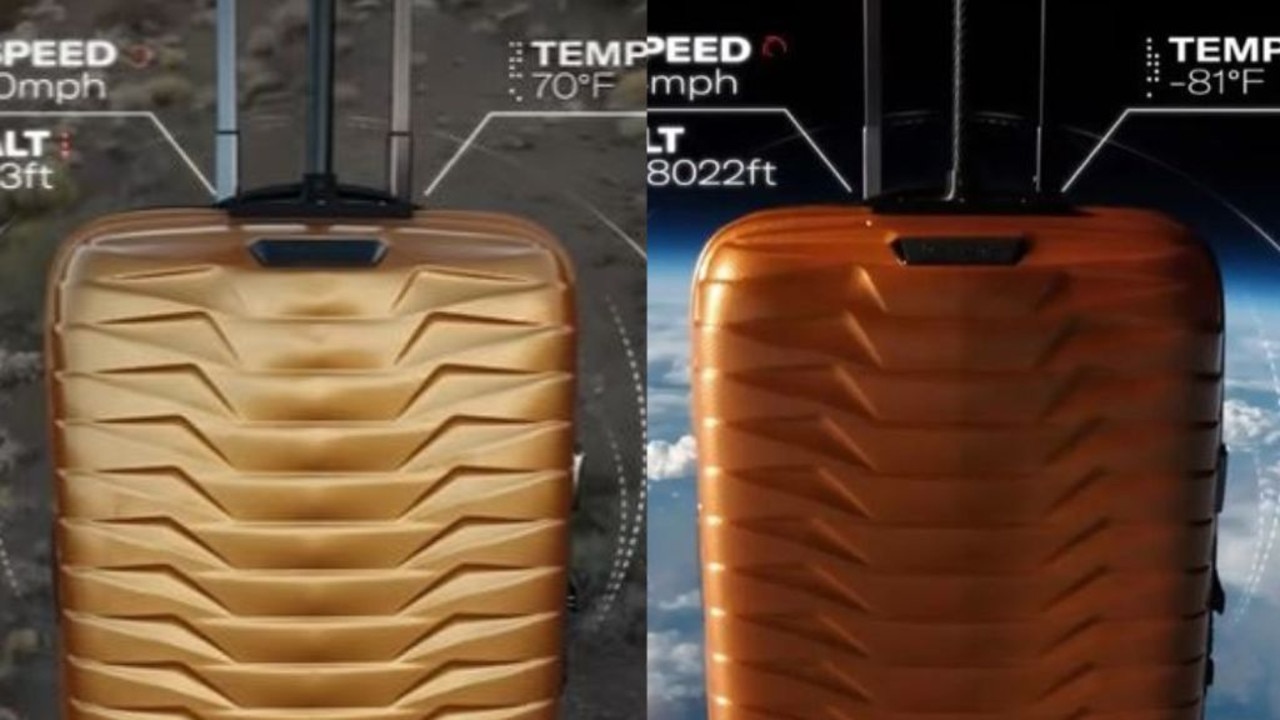Venice plans to spy on tourists to control numbers
A new plan will see this iconic Italian city tap into tourists’ phones signals and follow them with cameras in a bid to curb overtourism.

Venice will begin tapping into tourists’ mobile phone signals to try and track the number of visitors to the city in a bid to reduce tourist numbers.
The new system will use a combination of cameras and Wi-Fi to analyse visitor numbers as the city struggles with overtourism, The Sun reports.
A network of 34 sensors has been installed which will detect the silhouettes of anyone passing underneath and can identify whether they are children or adults.
The new system will also make it possible to intercept the data of telephone cells to know where people have come from and how long they stay in the city, which attracts around 60,000 tourists a day.

The local council says this will be done “in absolute respect for privacy”.
The experiment is now underway to coincide with this month’s Carnival festival which began on February 8 and continues until the 25th.
Tourism councillor Paoloa Mar said it had become imperative to monitor the flow of visitors to Venice which has been worried for some time about saturation at certain times and locations.
“The system will use a mix of sensors, cameras and Wi-Fi to constantly monitor the situation with a data release every 25 hundredths of a second,” he said.
“The information is processed in the smart control room by dedicated software, which can then return information on the density of people present at a specific moment and their speed of movement.

“In this way, we can predict at what time pedestrians will arrive at a certain critical point and divert them to another area in advance, so as not to clog or block pedestrian traffic.
“Preventing everyone from following the same path has a double advantage: it allows better management of flows but also the discovery of unknown streets.”
The 34 latest generation sensors, which in the future will also be able to detect the level of pollution, have been installed in sites that fall along the main pedestrian transit routes, such as the historic bridges that span the canals, museums and plazas.
It hasn’t been specified how visitors will be deterred from visiting congested sites although the information will be shared on social network sites.
Venice council says such a system has never been tested before in a city.

The authority is stressing that the sensors only detect the silhouettes of people without identifying them, while measuring their height, the speed of movement and the density.
A spokesperson from the council said: “In this way, we will be able to know in real time which are the most crowded areas, anticipating any congestion.
“The project will also make it possible to intercept the data of the telephone cells and to know the origin of the people, in absolute respect for privacy.
“In the analysis phase, therefore, we will have the opportunity to understand where visitors come from and how long they stop in the city.”
Venice’s new access fee is coming into operation on July 1 when different coloured stamps at varying prices will be necessary to enter the city.
This article originally appeared on The Sun and was reproduced with permission



